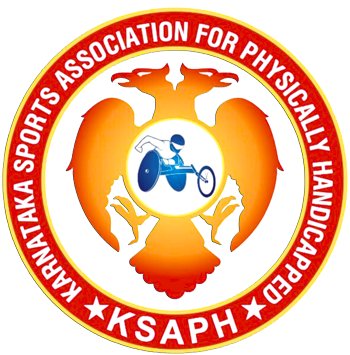Para Shooting
Para Shooting
Para Shooting is the ultimate test of accuracy and control and in shooting Para sport events, athletes with physical impairments compete in rifle, pistol and trap events.
Shooting Para Sport has featured at every Paralympic Games since 1976 and is today practised in more than 75 countries.
In this precision sport, athletes use focus and controlled breathing to reduce their heart rates and improve stability and high performance. This ability to steady hand and mind to deliver a sequence of shots requires well-developed powers of concentration and emotional control.
Athletes compete in events from distances of 10m, 25m and 50m in men’s, women’s and mixed competition events.
Of the 13 Paralympic shooting events, seven are open to both women and men, three are open to women only and three are open to men only.
World Shooting Para Sport recently adopted the discipline of Para trap and new classes for Para trap and vision impaired (VI) shooting
The sport is governed by the IPC and co-ordinated by the World Shooting Para Sport Technical Committee and Management team.
The sport follows rules of the International Shooting Sport Federation (ISSF) in conjunction with its own World Shooting Para Sport Technical Rules and Regulations, which take into account considerations for Para athletes in shooting sport.
COMPETITION FORMAT
The competition format is very similar to that of able-bodied shooting sport - the goal of shooting is to place a series of shots inside the centre ring (‘bullseye’) of the target. The target is comprised of 10 concentric scoring rings with a score grade of 1 to 10; the central ring giving 10 points.
In many events - to showcase the athletes' skill and accuracy - the scoring rings are each further subdivided into a further 10 scoring zones to give decimal scoring system, with 10.9 being the very centre of the target and the highest possible score per shot. To give you an idea of the level of the accuracy required, in air rifle events athletes fire at a bulls-eye which is only 0.05cm wide - which is as big as a full-stop on a printed page!
Shooting competitions are divided into two disciplines: rifle and pistol, with competitions at three distances: 10m, 25m and 50m.
The rules (including the number of shots and the time limit) depend on the firearm (.177 air or .22 smallbore calibre), the distance, the target, or the shooting position.
Scores for each shot in the qualification round are accumulated to give the athlete a total score.
The top eight athletes in the qualification round qualify for the final, however qualification scores are not carried over into the final, meaning each finalist starts from zero. In an exciting test of nerves, skill and focus, athletes with the lowest scores are eliminated over the course of a final, until a duel between the two remaining athletes for gold and silver medals ensues.
To ensure competition is fair and equal, all Paralympic sports have a system in place which ensures that winning is determined by skill, fitness, power, endurance, tactical ability and mental focus, the same factors that account for success in sport for able bodied athletes.
This process is called classification and its purpose is to minimise the impact of impairments on the activity (sport discipline). Having the impairment thus is not sufficient.
The impact on the sport must be proved, and each in Paralympic sport, the criteria of grouping athletes by the degree of activity limitation resulting from the impairment are named ‘Sport Classes’.
Through classification, it is determined which athletes are eligible to compete in a sport and how athletes are grouped together for competition. This, to a certain extent, is similar to grouping athletes by age, gender or weight.
Classification is sport-specific because an impairment affects the ability to perform in different sports to a different extent. As a consequence, an athlete may meet the criteria in one sport, but may not meet the criteria in another sport.
SHOOTING CLASSIFICATION
In Shooting, there are seven different sport classes for athletes with physical impairments:
Sport Class SH1 (Pistol):
This sport class is designated for athletes with upper and/or lower limb impairment for competition in Pistol events.
Sport Class SH1 (Rifle):
This sport class is designated to athletes with lower limb impairment for competition in Rifle events.
Sport Class SH2 (Rifle):
This sport class is for rifle events only, and is designated to athletes with upper limb impairment (which necessitates them to use a shooting stand to support the rifle), all or not in combination with lower limb impairment.
Sport Class SG-S (Trap):
Athletes with poor balance and/or trunk stability, competing from a wheelchair in a standard seated position. Athletes have an impairment in the lower limb(s), but no functional limitation in the upper limbs.
Sport Class SG-L (Trap):
Athletes with good balance and trunk function, competing from a standing position. Athletes have an impairment in the lower limb(s), but no functional limitation in the upper limbs.
Sport Class SG-U (Trap):
Athletes with good balance and trunk function, competing from a standing position. Athletes have an impairment in the non-shooting arm.
Sport Class SH-VI (Rifle):
This sport class is designated to athletes with a vision impairment for competition in Rifle events.












